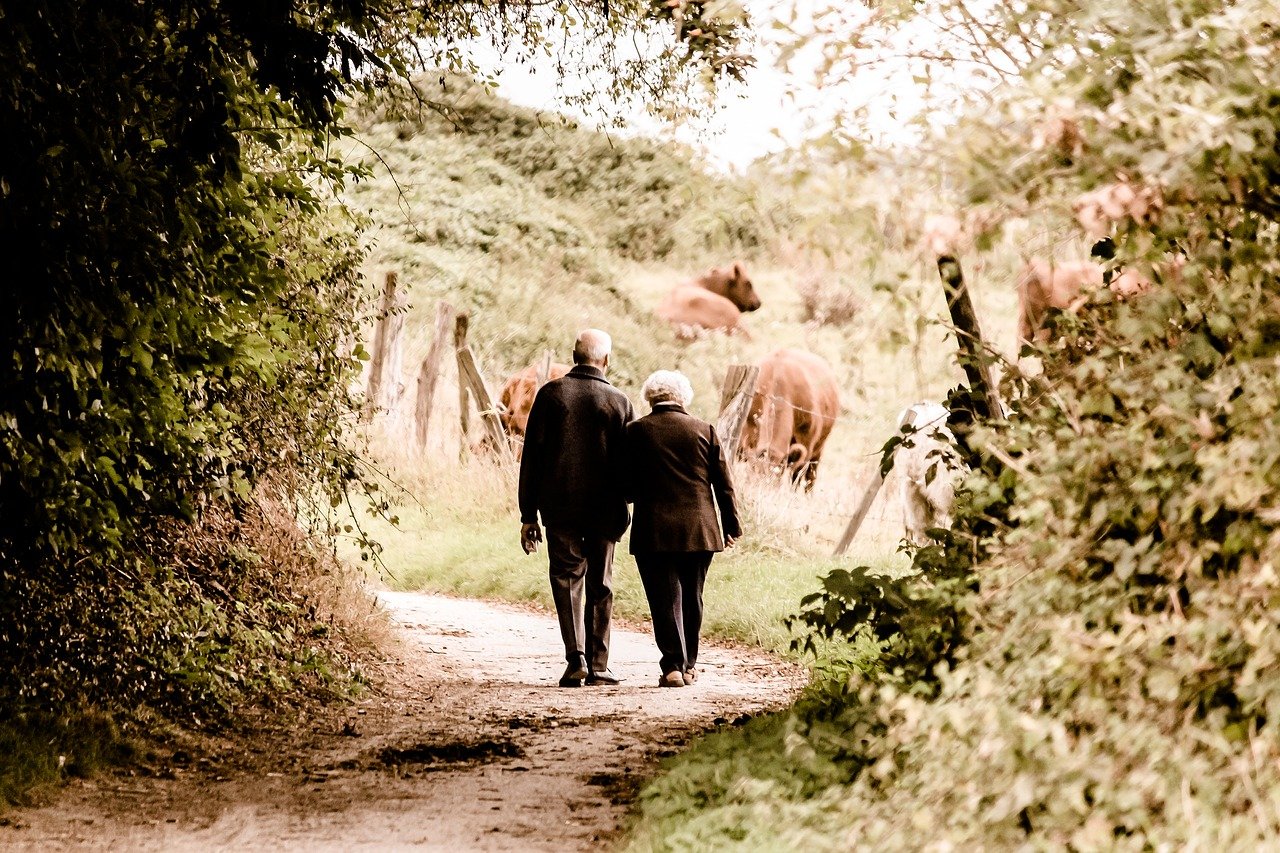
Putting a smile on your face while living with cognitive impairment.
Do you perceive the disease as a loss of identity and individuality of the whole person?
In his book “The Myth of Alzheimer’s Disease”, author Peter Whitehouse proposes a redefinition and reconstruction of our language about the disease.
According to him, our perceptions of the disease not only influence our way of treating and approaching it, but also go beyond the standard myth of Alzheimer’s disease.
Again, according to the author, the brain changes attributed to the disease “give us little reason to assert that an identity has been destroyed or lost, and certainly provide no justification for ceasing to understand them, to involve them, to include them in our own lives and in our society.” (p.57, book The Myth of Alzheimer’s Disease, Thomas Whitehouse, Daniel George)
Here are some concrete examples of the application of the Montessori method and the results achieved in a private residence where I have introduced the method since last November.
Out of 7 residents, 2 have been diagnosed as mild and moderate and the other 5 have a more functional cognitive level.
The main goal of the Montessori method is to offer them a better quality of life, with respect for dignity and equality, to strengthen and maintain their existing abilities, and to foster more enriching relationships with other residents and staff.
As is often the case, prior to my arrival, residents spent much of the day either watching TV or alone in their rooms.
After discussions with family and residents, the activities offered to the residents reflect their interests, personal skills and are designed to enhance their skills in order to make them more independent and foster a sense of belonging.
Here are some of the activities offered:
- Weekly participation in meal preparation: cleaning and cutting vegetables for salads and soups or accompanying the attendant in the selection of menus;
- Collaborating in the folding and distribution of washed clothes;
- Prepare and distribute snacks to each resident;
- An intergenerational activity takes place almost every week between the residence and the summer camp with 8 to 10 year olds: puzzles, pocket games, memory games, etc.
Results (especially in those diagnosed):
- Improved fine motor skills/grip.
- Improved concentration skills on task;
- Improved hand-eye coordination
- Increased range of motion;
- Improved social interaction.
For one of the two people diagnosed, the presence of the youth awakens greater expression of feelings (the resident in question was a referee for over 20 years with the youth) and better social engagement.

